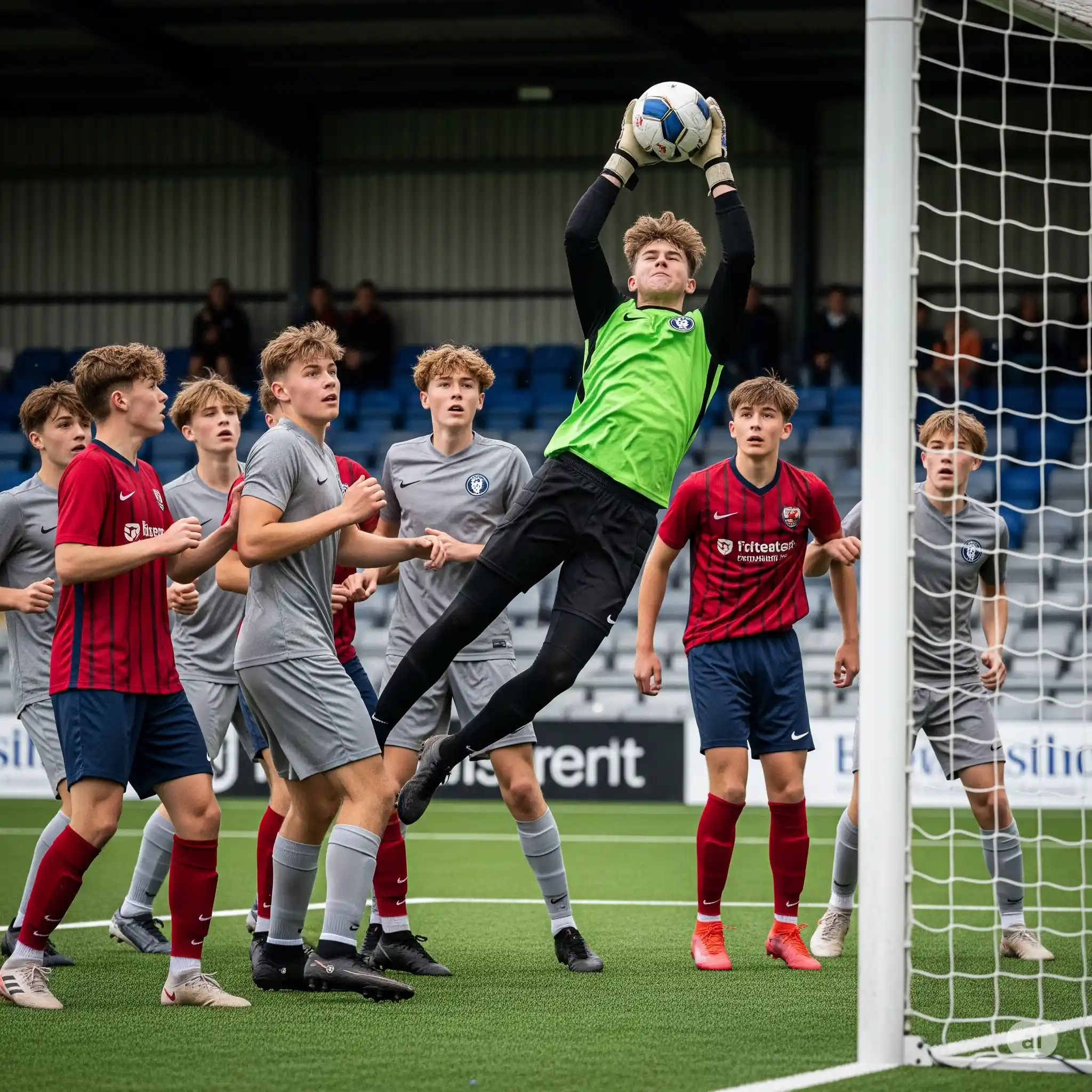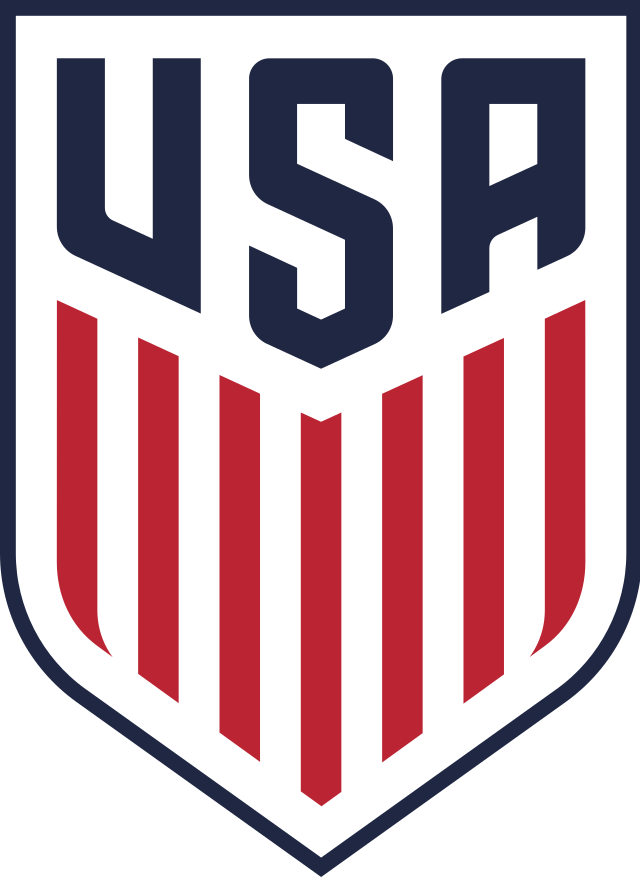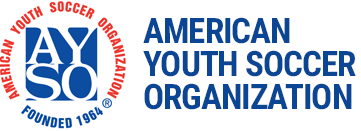Understanding Youth Soccer Player Development: Soccer Tryouts and Evaluations, Age Groups, and Soccer Training
Understanding Youth Soccer Player Development: Soccer Tryouts and Evaluations, Age Groups, and Soccer Training
Player development in U.S. youth soccer is a structured process that begins with tryouts and evaluations, followed by placement into age-appropriate groups and participation in regular training sessions designed to hone skills and tactical understanding.
Tryouts and Evaluations
For the 2025-26 season, most clubs typically conduct open tryouts in late spring, generally spanning from April to early June. The process usually requires all prospective players, whether new or returning, to complete an online evaluation link before attending the tryout session. Players are advised to arrive approximately 30 minutes prior to their scheduled tryout time for check-in procedures.
During these evaluations, coaches assess players across several key dimensions. This includes technical skills, such as ball control, passing accuracy, and versatility; tactical awareness, which encompasses decision-making, positioning, and overall understanding of the game; athleticism, including speed, endurance, and strength; and attitude, which covers work ethic, coachability, teamwork, and respect for teammates and officials. The evaluation extends beyond flashy individual plays; coaches actively seek coachable individuals who demonstrate a strong work ethic and potential for growth. Players who are offered a spot on a team are typically notified shortly after tryouts and are required to complete a commitment fee, often around $200, to secure their place. Some clubs may also provide early commitment opportunities for existing players from the previous season.
Age Group Classifications for 2025-2026
For the upcoming 2025-26 season, youth soccer in the United States will continue to adhere to the birth-year system for age group classification, meaning a player's age group is determined by their birth year, spanning from January 1 to December 31. For example, a player born in 2011 would typically be classified as U15 for this season. The impending age group change, effective for the 2026-27 season, introduces a temporary period of adjustment for families and clubs in 2025-26. While the current birth-year system remains in place for this season, the significant future shift to an August 1 to July 31 cycle has already been announced. This means that tryouts conducted in late spring/early summer 2025 are for teams that will operate under the current birth-year system for the 2025-26 season. Clubs and parents will need to communicate and plan meticulously to mitigate any potential confusion and ensure smooth transitions for players as they move from a birth-year-based system to a school-year-aligned system in the subsequent season.
Table: 2025-2026 Youth Soccer Age Group Chart (Birth Year)
| Age Group | Birth Year |
|---|---|
| U19 | 2007 |
| U18 | 2008 |
| U17 | 2009 |
| U16 | 2010 |
| U15 | 2011 |
| U14 | 2012 |
| U13 | 2013 |
| U12 | 2014 |
| U11 | 2015 |
| U10 | 2016 |
| U9 | 2017 |
| U8 | 2018 |
| U7 | 2019 |
| U6 | 2020 |
| U5 | 2021 |
Training Expectations and Curriculum
Consistent practice is fundamental for developing and refining soccer skills, building physical fitness, and fostering a strong work ethic in young players. Regular training sessions are designed to enhance technical abilities, tactical understanding, and overall performance on the field.
Training Frequency varies significantly based on the level of play. Recreational soccer programs generally have less demanding schedules, typically involving one to two practices per week in addition to games. In contrast, competitive club teams usually require a more substantial time commitment, often with three to five practices per week, supplemented by games and tournaments. Age-specific recommendations for training frequency suggest that children under 10 years old benefit from 2-3 sessions per week, each lasting 45-60 minutes. Players between 11 and 14 years old can typically benefit from 3-4 sessions per week, lasting 60-90 minutes each. High school-aged players may train up to five times per week, with sessions extending from 90 minutes to 2 hours.
The General Content and Methodology of training sessions are often guided by established development philosophies. Many clubs and state associations, such as Mass Youth Soccer, adhere to the U.S. Soccer Grassroots Play-Practice-Play Methodology. This player-centered approach aims to make training both enjoyable and developmentally effective by replicating actual game moments—attacking, defending, and transitions—to help players analyze situations, make decisions independently, and foster creativity. Key curriculum areas typically include:
- Technical Skills: Focus on fundamental aspects like ball control, various passing techniques (ground, aerial, lofted, curved, chips, driven), dribbling, first touch, and finishing skills (shooting, crossing, combination play).
- Tactical Understanding: Development of positional play, attacking and defending principles, effective transition play (from offense to defense and vice versa), understanding match formations (e.g., 9v9, 11v11), position discipline, maintaining defensive shape, pressing strategies, and compact defense.
- Physical Conditioning: Training incorporates elements to improve speed, agility, endurance, and strength, which are crucial for competitive play.
- Mental Development: Programs are designed to challenge young players mentally and emotionally, fostering confidence, a positive attitude, and effective decision-making under pressure.
Many competitive clubs, such as Cincinnati Elite FC, explicitly state a focus on player development over solely winning, aiming to create an environment conducive to long-term growth. The period before age 15 is often considered a "golden window" for developing foundational technical skills and decision-making abilities, highlighting the importance of consistent, quality training during these formative years.





